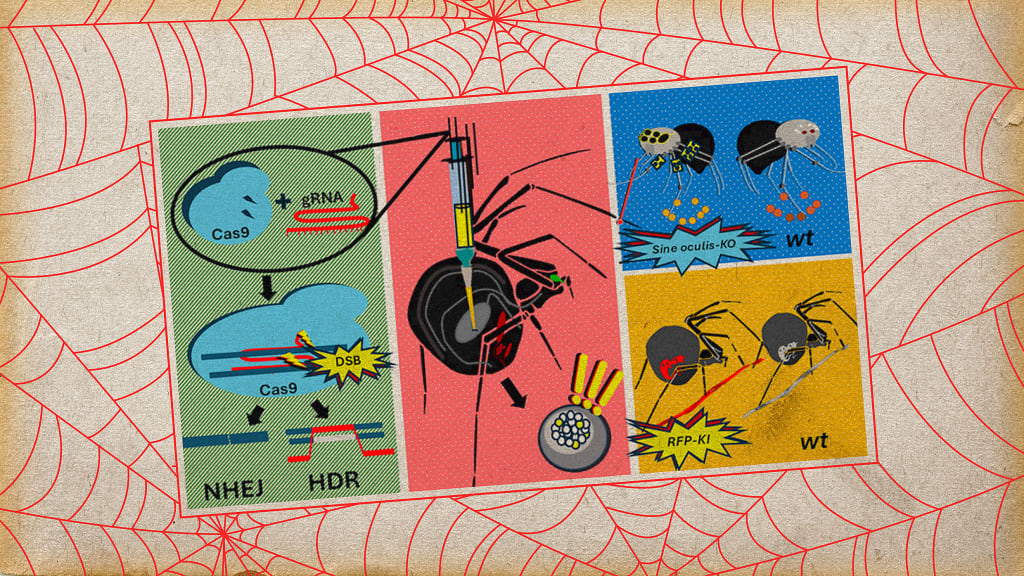
"Considering the wide range of possible applications, it is surprising that there have been no studies to date using CRISPR-Cas9 in spiders."
"The study demonstrates how this technology introduces modifications that enhance the extraordinary properties of spider silk, turning it into a next-generation supermaterial."
"The experiment aimed to disable a gene called sine oculis to study its function while inserting a fluorescent protein gene into the silk-producing gene."
"This breakthrough is a critical step toward modifying spider silk properties and creating new 'supermaterials' for industries ranging from textiles to aerospace."
Researchers at the University of Bayreuth have utilized CRISPR-Cas9 gene-editing technology to enable house spiders to produce red fluorescent silk. This innovation marks a significant milestone in modifying spider silk properties, which can lead to the development of new supermaterials applicable across various industries, including textiles and aerospace. The team injected genetic material into female spiders to facilitate this modification, aiming to disable the sine oculis gene to explore its functions while conjugating a fluorescent protein gene with the silk-producing gene. Professor Thomas Scheibel noted the extensive possibilities within this research domain.
Read at Fast Company
Unable to calculate read time
Collection
[
|
...
]